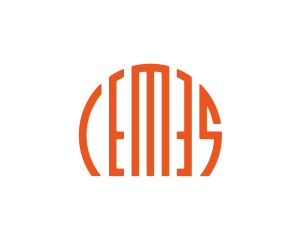Origin of Zenneck-like waves excited by optical nanoantennas in non-plasmonic transition metals
Résumé
The scattering properties of metallic optical antennas are typically examined through the lens of their plasmonic resonances. However, non-plasmonic transition metals also sustain surface waves in the visible. We experimentally investigate in this work the far-field diffraction properties of apertured optical antennas milled on non-plasmonic W films and compare the results with plasmonic references in Ag and Au. The polarization-dependent diffraction patterns and the leakage signal emerging from apertured antennas in both kinds of metals are recorded and analyzed. This thorough comparison with surface plasmon waves reveals that surface waves are launched on W and that they have the common abilities to confine the visible light at metal-dielectric interfaces offering the possibility to tailor the far-field emission. The results have been analyzed through theoretical models accounting for the propagation of a long range surface mode launched by subwavelength apertures, that is scattered in free space by the antenna. This surface mode on W can be qualitatively described as an analogy in the visible of the Zenneck wave in the radio regime. The nature of the new surface waves have been elucidated from a careful analysis of the asymptotic expansion of the electromagnetic propagators, which provides a convenient representation for explaining the Zenneck-like character of the excited waves and opens new ways to fundamental studies of surface waves at the nanoscale beyond plasmonics.
| Origine | Publication financée par une institution |
|---|



